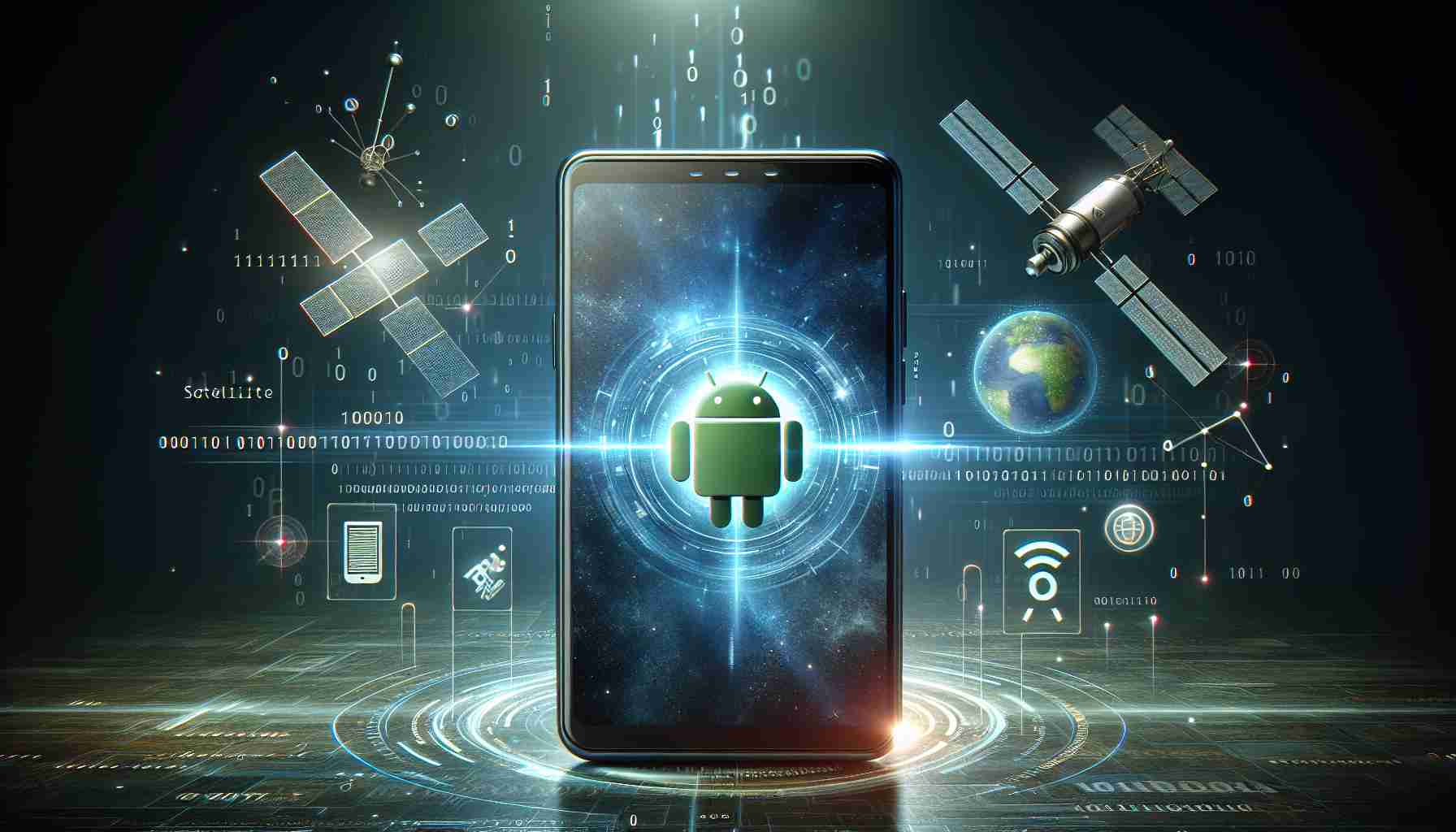Google’s Next Pixel Iteration Aims for Greater Safety through Satellite Connectivity
Tech enthusiasts are buzzing with anticipation as Google is on track to unveil the new additions to its Pixel smartphone line-up. The Pixel smartphones, slated for an October release, promise an upgraded modem that is not just a simple improvement, but a significant leap, including the highly-anticipated satellite connectivity.
In an effort to enhance user safety, Google is seeking to implement an emergency SOS feature akin to that found on Apple devices. This would allow the Pixel 9 and the upcoming Pixel Fold to connect with emergency services in the absence of conventional cellular reception.
An exclusive by Android Authority has revealed that Google is likely to join forces with T-Mobile to bring this emergency feature to consumers. Nonetheless, the partnership could extend to other service providers in due course.
SOS Feature: Bridging the Gap in Emergencies
In the interest of simplifying the distress signal process, Google intends to guide users with an easy-to-understand animation, assisting them in establishing satellite communication. Much like its Apple counterpart, the SOS system on Google’s devices will prompt users with critical questions to assess the situation, such as the nature of the emergency, any immediate dangers, and the number of individuals involved.
Satellite Services: A Glimpse into the Future
Early signs of Google’s venture into satellite SOS services emerged when developer Neil Rahmouni noted references to such a feature in the Google Messages code. The revelation sparked curiosity, especially since Garmin already offers similar capabilities and T-Mobile’s partnership with SpaceX is in the pipeline to provide satellite messaging. But despite these collaborations, it remains unclear if users will enjoy these satellite features free of charge, or if, like Apple, Google will aim to subsidize the service initially to stay competitive.
Key Questions and Answers:
– What are satellite connectivity capabilities in smartphones and how do they work?
Satellite connectivity in smartphones allows devices to communicate with satellites directly, bypassing traditional cellular networks. This is particularly useful in remote areas where cellular coverage is absent. The technology typically involves the use of special modems and antennas capable of sending and receiving signals to and from satellites in orbit.
– What are the challenges associated with satellite connectivity in Android devices?
One challenge is ensuring that the hardware (e.g. antennas and modems) is compact and efficient enough to be integrated into a smartphone without significantly increasing its size or cost. Furthermore, maintaining a strong enough signal to communicate with satellites, which are much further away than standard cell towers, can be difficult. There are also regulatory and partnership hurdles to overcome, such as securing the rights to use specific frequencies for satellite communication.
– What are potential benefits of satellite connectivity in Android devices?
The primary benefit is enhanced safety and communication during emergencies, particularly in areas without cellular coverage. Satellite connectivity can provide vital access to help in situations where traditional networks are unavailable. It can also ensure global coverage, allowing users to stay connected almost anywhere on earth.
– Are there any disadvantages or controversies involved with satellite connectivity?
A potential disadvantage is the increased cost, both in terms of the device itself, as any new technology typically adds to production costs, and potentially in service fees for using satellite connectivity. There is also the issue of battery usage, as satellite connectivity might drain a phone’s battery faster than traditional connections. Privacy and regulatory concerns may arise as these services become more widespread.
Advantages and Disadvantages:
Advantages:
– Enhanced emergency services and user safety
– Ability to communicate in remote and underserved locations
– Provides a backup communication method when traditional networks fail
Disadvantages:
– Likely increased cost of devices
– Potential service charges for satellite features
– Increased battery consumption
– Possible regulatory and privacy concerns
Relating to the topic of satellite connectivity and Android devices, users may find the following official websites informative:
Google, T-Mobile, and Apple for insights into how different companies are approaching the implementation and commercialization of satellite services in smartphones.
The source of the article is from the blog radardovalemg.com
